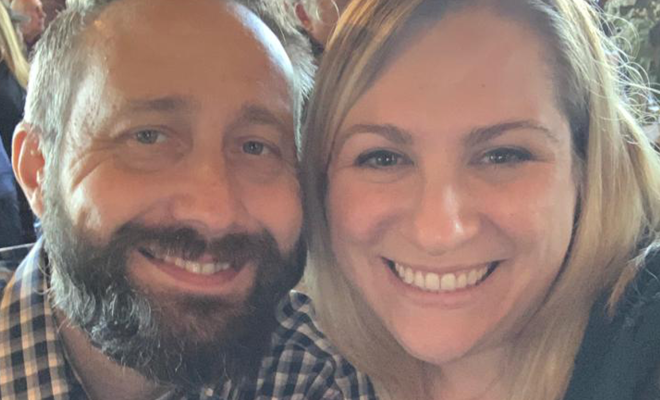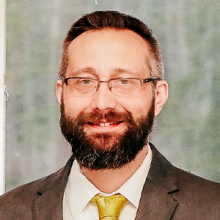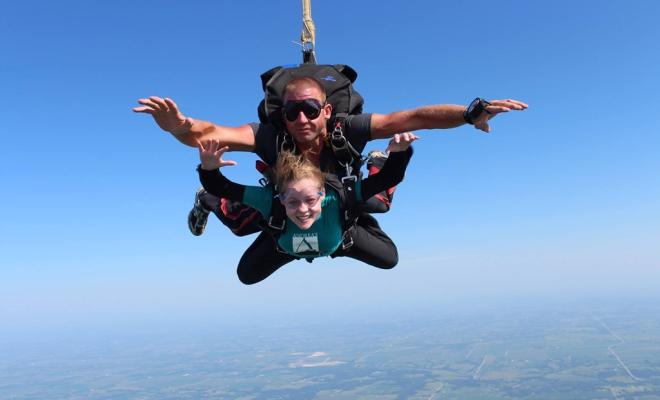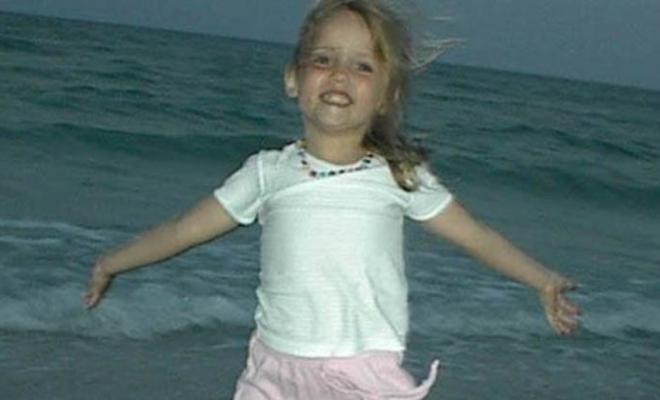A little over two years ago, in January 2021, my wife and I started our journey to grow our family. We had discussed having children before we got married, and I told her what I knew about having kids with cystic fibrosis and the possibility that our children might have CF, or be CF carriers. I also let her know that most men with CF cannot have children without the help of fertility specialists. We agreed that we would do what was needed to have kids. We knew the road would be challenging, but that would not deter us.
My path started with finding a urologist who was familiar with CF, in-vitro fertilization (IVF), and could work with the fertility clinic we had chosen. Thankfully, our clinic had a list of doctors that they worked with in the past who were local. My initial consultation with the urologist went well and after the results of my semen analysis came back, he explained to me that I have obstructive azoospermia. Having obstructive azoospermia meant that I would need to have a surgical procedure to extract sperm for IVF.
There are four different options available for men with CF that have obstructive azoospermia and want to have biological children:
- PESA (percutaneous epididymal sperm aspiration), where a very small needle is used to aspirate fluid from the epididymis after giving local anesthesia.
- TESA (testicular sperm aspiration), aspirating fluid and tissue with negative pressure by sticking a needle in the testis.
- TESE (testicular sperm extraction), a surgical biopsy of the testis performed under general anesthesia.
- Micro-TESE (microsurgical testicular sperm extraction), a surgical procedure where sperm is retrieved from the seminiferous tubules of the testis that is sometimes performed under general anesthesia.
The level of invasiveness and chance of success of the procedure increases as you go down the list. Before any procedure could be started, the doctor ordered some bloodwork to make sure that my hormone levels were good and that I would be able to tolerate anesthesia. When my hormone levels came back, we got an unwelcome surprise. Both my luteinizing hormone, which causes the testis to make testosterone and is important for producing sperm, and my follicle stimulating hormone, which stimulates testicular growth and helps produce a protein that plays a vital role in male fertility by aiding in the creation of normal sperm cells and maintaining them, were high. This was concerning because it meant that there may be an issue with my pituitary gland, or worse, my testis may not be producing sperm.
Thankfully, my testosterone level was great! The urologist pushed my procedure date back so he could investigate the cause of my hormone issues and the possible contributing factors of infertility — which meant more bloodwork. He ordered a test called karyotype of the Y chromosome to check for micro-deletion of the Y chromosome, which is called Klinefelter syndrome. We waited for what felt like an eternity for the results to come back. Fortunately, my test showed no micro-deletion, so I did not have Klinefelter syndrome. With that resolved, it was time to get my procedure done!
Naturally, my wife and I wanted the best chance of success the first time, so we decided we would go with a TESE (because the urologist we had didn’t do micro-TESE). After some scheduling errors and other conflicts, we contacted the fertility clinic to ask if they could recommend another doctor. With their assistance, we set up a consultation and procedure day with a new urologist. After reviewing our medical records, he decided to try a TESA first, believing that he should be able to find sperm. The new doctor was about two-and-a-half hours away from where we live so we planned a fun trip and set out excited to start this new chapter in our lives.
My TESA procedure was quick, and the doctor had embryologists on-site to check my samples for sperm. He biopsied both testes, but neither of the samples had any sperm. My wife and I were both heartbroken, but it was not the end of the road. After healing up for a few weeks we were on the hunt to find someone who could do a micro-TESE to have the best chance of finding sperm.
Our search led us far and wide. We got in touch with a doctor who is widely regarded as one of the best for micro-TESE, and he was also about two-and-a-half hours away from our home. His scheduler told us that he does not accept insurance and the price of the procedure was about $18,000. Having to pay for everything out-of-pocket was expected because neither of our insurance plans cover IVF. We also had to cover out-of-pocket expenses for the bloodwork that was done because it was not covered. Ultimately, $18,000 (plus other expenses for the trip) is beyond what we can afford. The emotionally draining search for a urologist continued. Then, my wife stumbled across a post on an online CF IVF support group. A woman shared that her husband, who is living with CF, had a successful micro-TESE done and she was pregnant! We inquired about the clinic, and although it was farther away from us, it was a fraction of the cost. We called the clinic and made a consultation appointment via Zoom.
Our consultation went great — we were recharged with excitement and high hopes of overcoming the unique challenges that CF had presented to us! My wife found a hotel, flights, and a rental car for us in Utah, and before we knew it, we were on our way.
My micro-TESE procedure took about two hours. They gave me local anesthesia to knock out the pain and an oral sedative to keep me relaxed while they searched for sperm. Plus, I was allowed to bring earbuds and listen to music during the procedure. But the best part? They said that they found sperm to cryogenically freeze to ship back to our fertility clinic!
The doctor gave me a prescription for a pain medication and instructed me to ice the area, keep it elevated, take my pain meds, and to supplement any break-through pain with Tylenol. It took two weeks for me to be able to walk around without pain. The total estimated full recovery time for a micro-TESE is about three to four months.
My wife’s egg retrieval was a resounding success. Unfortunately, my sperm did not survive the trip back home and being thawed for the next steps in the process. I am going to have to do another micro-TESE after I’m fully recovered. But our journey isn’t over yet. We are still in high spirits and will continue to fight for our dream of having children.
Interested in sharing your story? The CF Community Blog wants to hear from you.





